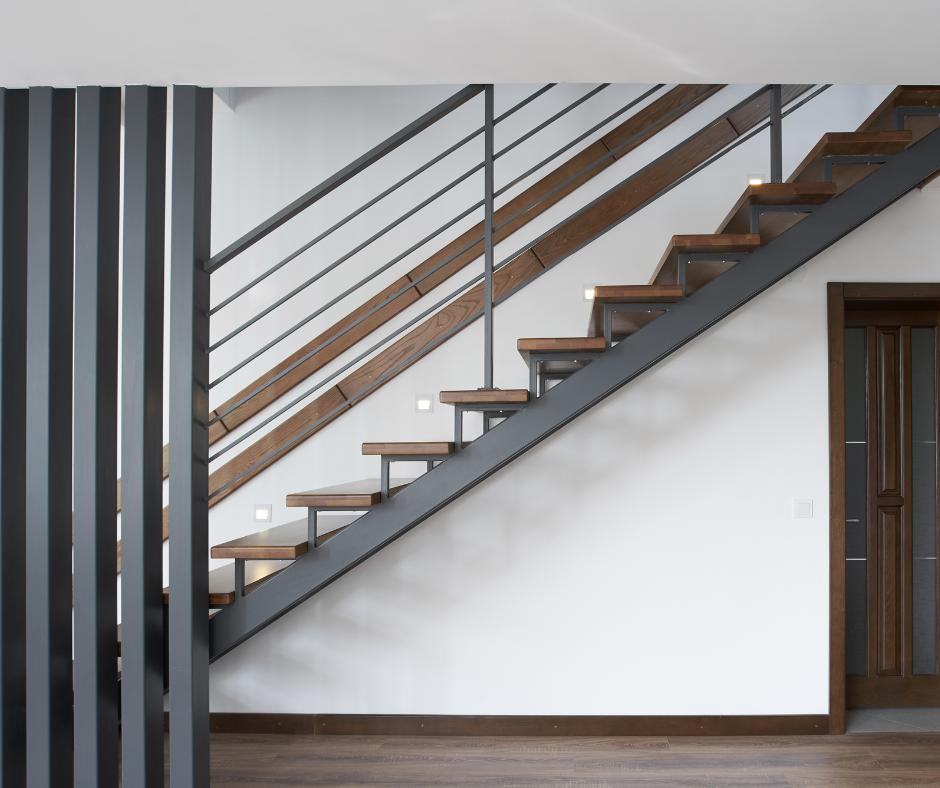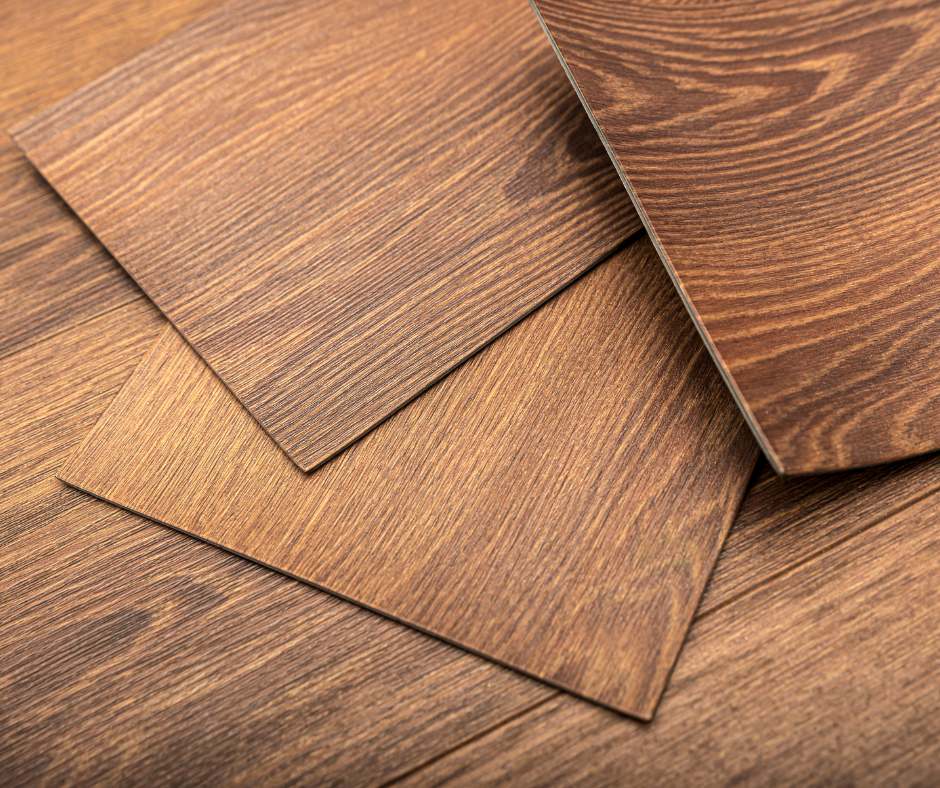Planning a home improvement project?
If your next task involves removing linoleum stair treads, you’ll want to do it right.
Whether you’re upgrading to new flooring, replacing old carpet stair treads, or installing fresh coverings, knowing how to remove linoleum stair treads is key to avoiding damage to the surface underneath.
This blog is a simple guide to help you get started.
How to Remove Linoleum Stair Treads from Wood Stairs
Removing linoleum stair treads from wood stairs involves a delicate process.
This is to avoid damaging the wood.
Begin by gathering your tools: a utility knife, pry bar, heat gun, and adhesive remover.
Make sure to wear safety gear like gloves and goggles.
Start by scoring the linoleum with a utility knife.
Cut it into a crosshatch pattern to help loosen the material.
Next, use a heat gun to soften the adhesive underneath the linoleum.
Be careful not to apply too much heat.
This can damage the wood.
Once the adhesive has softened, use a pry bar to gently lift the linoleum off the wood.
Take your time to avoid scratching or gouging the wood surface.
After the linoleum is removed, apply adhesive remover.
This will clean off any leftover glue.
Leave the wood surface ready for the next steps.
How to Remove Linoleum Stair Treads from Concrete
Removing linoleum stair treads from concrete follows a similar process.
It can require more effort due to the toughness of the material.
Begin by using a utility knife to cut the linoleum into smaller sections.
This will make it easier to remove.
Next, apply heat to soften the adhesive.
Since concrete absorbs heat differently than wood, you may need to spend more time softening the glue.
Once the adhesive has softened, use a pry bar to lift the linoleum.
Use a scraper to remove any remaining adhesive.
Be careful not to damage the concrete surface.
Finally, use a strong cleaner to remove any leftover adhesive.
Prepare the concrete for the next steps in your project.
Steps for Removing Different Types of Stair Treads
Depending on the material, removable stair treads require different removal techniques.
Below are detailed instructions for removing a variety of stair treads, including oak, pine, rubber, and vinyl.
Removing Oak Stair Treads
Oak stair treads are known for their durability.
Removing oak stair treads requires precision to avoid damaging the surrounding structure.
Start by carefully wedging a pry bar under the edges of the oak tread.
Be mindful of any nails or screws that may be securing the tread.
Remove them gently to prevent unnecessary damage.
Once all fasteners are removed, lift the oak tread from the stair structure.
If the tread is glued down, you may need to soften the adhesive using heat before attempting to pry it up.
After the tread is removed, clean off any leftover adhesive.
Inspect the surface for any damage that might need attention.
Removing Pine Stair Treads
Pine stair treads are softer than oak.
Removing pine stair treads require a more delicate touch during removal.
Use a utility knife to carefully cut through any caulk or paint along the edges of the pine tread.
This will help prevent splintering during removal.
Locate any nails or screws, and remove them with a nail puller or screwdriver.
Once the fasteners are out, use a pry bar to carefully lift the pine tread.
Work slowly to avoid splitting the wood.
After the tread is removed, thoroughly clean the area.
Prepare it for whatever comes next.
Removing Rubber Stair Treads
Rubber stair treads are often installed for safety.
Removing them can take some patience.
Begin by using a putty knife or pry bar to gently lift the edges of the rubber tread.
Because rubber treads are typically glued down, applying adhesive remover can help soften the glue.
This will make the process easier.
Once the adhesive is softened, carefully pry up the rubber tread.
If the tread doesn’t come up easily, apply more adhesive remover.
Continue to work it loose.
After the rubber tread is removed, clean the area thoroughly.
Remove any glue residue.
Ensure a smooth surface for future installation.
Removing Vinyl Stair Treads Nailed In
Vinyl stair treads are durable.
Removing them can require some extra effort, especially if they’ve been nailed in place.
Start by prying up the edges of the vinyl tread to locate the nails.
Once you’ve found them, use a nail puller to carefully extract the nails.
Be mindful not to damage the underlying stairs.
If the vinyl treads are also glued down, apply heat to soften the adhesive.
Then, gently pry up the tread.
After removing the vinyl, clean away any remaining glue.
Check the surface for any damage that might need to be repaired.
What to Do After Removing Stair Treads
Once you’ve successfully removed your linoleum or other stair treads, you’ll want to assess the condition of your stairs.
Decide on your next steps.
Start by carefully inspecting the stairs for any damage.
Repair anything that needs attention before installing new treads.
Next, thoroughly clean the stairs.
Remove all adhesive and debris.
This step is crucial to creating a smooth, clean surface that’s ready for new treads.
Now that your stairs are bare, you can start installing your new coverings.
Whether it’s wood, carpet, or another material, whatever suits your design vision.
Wrapping Up
Removing linoleum stair treads and other types of coverings doesn’t have to be a difficult or overwhelming task.
By following the appropriate steps for each type of material, you can remove the treads efficiently.
Whether you’re dealing with wood, concrete, or another type of surface, take your time.
Using the right tools will make the process smoother.
With patience and proper preparation, your stair project will be well on its way to success.




